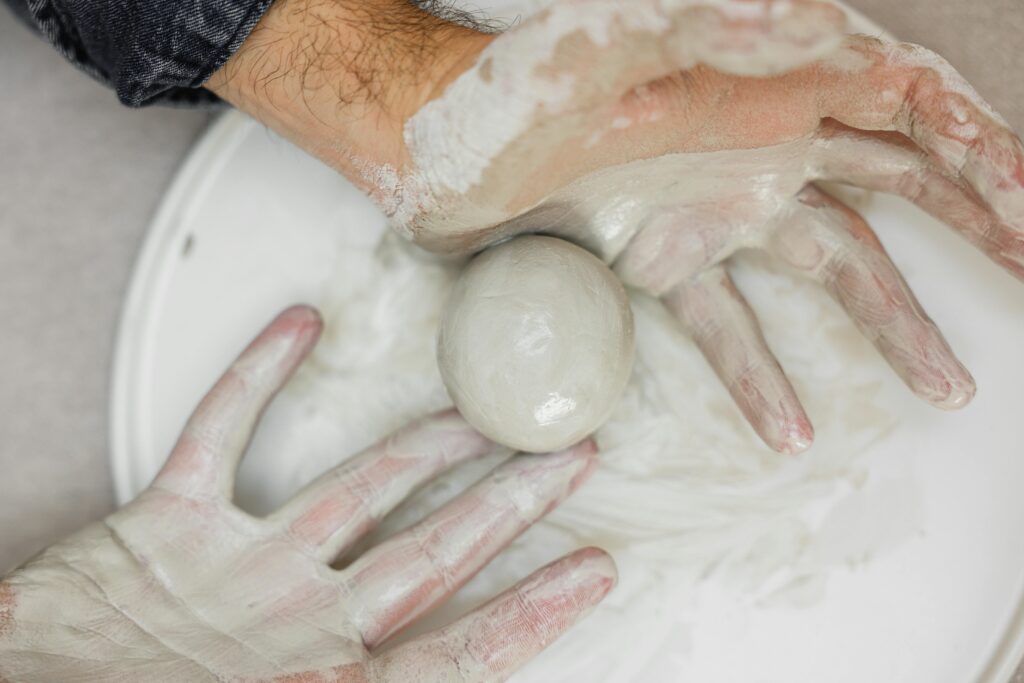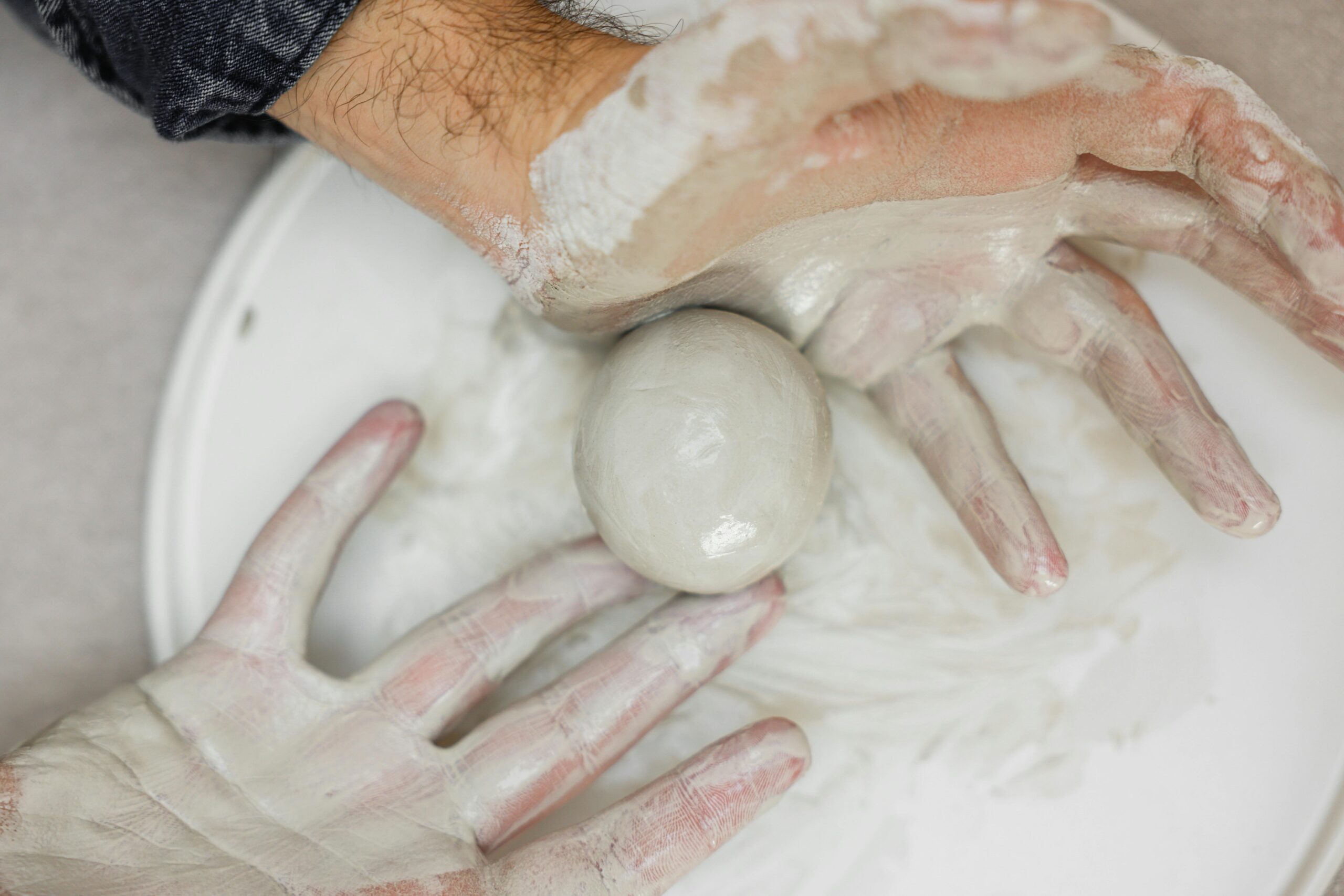Because protecting your future starts before there’s a problem.
Introduction: Rethinking the “Old Man’s Disease”
When you hear the word “prostate,” you probably think of aging, balding, retired guys in TV ads talking about frequent bathroom trips. It’s not exactly the kind of thing young men in their 20s or 30s sit around discussing.
But here’s the truth bomb: Prostate health is a young man’s issue, too.

Why? Because what you do now—how you eat, move, manage stress, and even sit—can shape your risk for serious issues like prostatitis, benign prostatic hyperplasia (BPH), and even prostate cancer later in life.
This article is for every guy who wants to take control of his health before things go wrong. The future isn’t something you wait for—it’s something you build today.
What Exactly Is the Prostate? And Why Does It Matter?
The prostate is a small gland, about the size of a walnut, located just below your bladder and in front of your rectum. It wraps around the urethra—the tube that carries urine and semen out of the body.
The prostate’s jobs:
- Produce seminal fluid, which mixes with sperm to create semen.
- Help control urine flow and ejaculation.
- Play a role in sexual function and fertility.
When the prostate is healthy, you don’t notice it. But when it’s inflamed, enlarged, or dysfunctional, trust us—you’ll feel it.
Why Young Men Should Care
While prostate cancer is most common after age 50, many other prostate problems start earlier—especially in your 20s and 30s:
🔥 Prostatitis (inflammation of the prostate)
- Common in younger men
- Symptoms include pelvic pain, burning urination, painful ejaculation
- Can be bacterial (from infections) or non-bacterial (stress, diet, posture)
💨 BPH (Benign Prostatic Hyperplasia)
- Usually affects older men but early signs can begin earlier
- Leads to difficulty peeing, urgency, weak stream
- Strongly tied to diet, inflammation, and hormone balance
🎯 Early-Onset Prostate Cancer (rare but rising)
- Though still uncommon, prostate cancer is increasingly being detected in men under 40—especially in those with family history or genetic risks.
Bottom line: If you’re young and male, you’re not off the hook.
Modern Risk Factors You Should Know About
The world today is not the same as 30 years ago. Here’s what’s putting younger guys at increased risk:
1. Sitting Too Much
Sedentary lifestyles reduce blood flow in the pelvis and may contribute to chronic prostatitis and inflammation.
2. Hormone Disruption
Testosterone levels are declining in younger men due to poor diet, lack of sleep, stress, and exposure to endocrine disruptors (chemicals in plastics, grooming products, and food packaging).
3. Porn-Induced Pelvic Tension
Yes, seriously. Excessive porn use can cause chronic tension in the pelvic floor muscles, contributing to pain and dysfunction in the prostate area.
4. Poor Diet and Gut Health
High-sugar, high-fat, low-fiber diets contribute to chronic inflammation, poor microbiome health, and hormone imbalance—bad news for your prostate.
5. STIs and Infections
Unprotected sex or untreated infections can lead to bacterial prostatitis or chronic pelvic pain syndrome.
Early Symptoms You Shouldn’t Ignore
You might shrug these off—but if they happen often, pay attention:
- Difficulty urinating or weak flow
- Pain or discomfort in the lower back, groin, or perineum
- Burning sensation when peeing
- Frequent nighttime urination
- Pain during or after ejaculation
- Decreased sexual performance or low libido
Don’t wait until it gets worse. Early evaluation is easy—and can prevent long-term issues.
What You Can Do Right Now to Protect Your Prostate
🥦 1. Upgrade Your Diet
Foods that protect the prostate:
- Tomatoes (cooked) – rich in lycopene, a powerful antioxidant
- Cruciferous veggies (broccoli, kale, cabbage) – help with hormone detox
- Green tea – anti-inflammatory and may reduce cancer risk
- Omega-3s (salmon, walnuts, flaxseed) – reduce inflammation
- Pumpkin seeds – contain zinc and phytosterols
Avoid:
- Processed meats
- Excessive dairy
- Alcohol and sugary drinks
- Fried foods
🏃♂️ 2. Move Your Body—Especially Your Hips
Exercise boosts circulation, lowers inflammation, and supports healthy testosterone.
Try:
- Strength training 3x/week
- Walking or cycling
- Yoga or mobility for pelvic tension
- Kegels (yes, men can do them too!)

💧 3. Stay Hydrated and Pee Regularly
Don’t “hold it in” too often. It stresses the bladder and prostate.
Drink plenty of water, and avoid energy drinks and excessive caffeine, which irritate the bladder and prostate.
😴 4. Sleep Like Your Health Depends On It (Because It Does)
Sleep is when your body restores hormones, fights inflammation, and rebuilds. Poor sleep = poor prostate health.
Tips:
- 7–9 hours a night
- Reduce blue light before bed
- Avoid heavy meals or screens late at night
🧘♂️ 5. Manage Stress Like a Boss
Chronic stress can trigger pelvic floor tension, drive up cortisol, and lower testosterone. It’s one of the most overlooked factors in chronic prostatitis.
Try:
- Meditation or breathwork
- Journaling
- Therapy or coaching
- Limiting doom-scrolling and information overload
🧪 6. Get Tested (Even If You Feel Fine)
Talk to your doctor about:
- Digital rectal exam (DRE) — quick and simple
- PSA blood test — for prostate-specific antigen
- STI screening
- Hormone panel (testosterone, DHT, estrogen)
Pro tip: Find a men’s health-focused clinic or urologist who gets it.
The Sex and Fertility Connection
Healthy prostate = better sexual function.
Erections, ejaculation, libido, and even fertility all depend on a well-functioning prostate. Chronic inflammation or hormonal imbalance can quietly kill your sex drive and performance.
Taking care of your prostate now means:
- Fewer erectile issues later
- Better energy, mood, and confidence
- Increased fertility (sperm health is tied to prostate health!)
What About Supplements?
A few researched options to support prostate health:
- Zinc – supports testosterone and reduces inflammation
- Saw Palmetto – may ease urinary symptoms and support prostate size
- Lycopene – antioxidant found in tomatoes
- Beta-sitosterol – found in pumpkin seeds, may help flow
- Pygeum and stinging nettle root – traditional herbal prostate supports
⚠️ Talk to a healthcare provider before starting any new regimen.
The Future Is Proactive, Not Reactive
You don’t need to wait for symptoms to start taking action.
When you normalize prostate health as a regular part of your wellness journey—alongside fitness, mental health, and career goals—you become the kind of man who doesn’t just survive into old age… you thrive.
💬 Interactive Q&A: Real Talk for Young Guys
❓ I’m 25. Should I seriously be thinking about prostate health?
Absolutely. While prostate cancer might be decades away, prostatitis and hormone disruption start much earlier. Think of it as an early investment in your body’s long-term performance.
❓ Can sitting all day really mess with my prostate?
Yes. Long hours of sitting compress blood flow to the pelvic region, contributing to inflammation and chronic pelvic pain. Even standing or walking for 5 minutes every hour helps.
❓ What’s the link between testosterone and prostate health?
Healthy testosterone helps regulate prostate function, sexual performance, and muscle mass. But too much DHT (a byproduct of T) can contribute to prostate enlargement. Balance is key.
❓ I have pain after ejaculation. Should I worry?
If it’s consistent, yes. This could signal chronic prostatitis or pelvic floor dysfunction. Get checked by a urologist or pelvic floor physical therapist—the fix is often simpler than you think.
❓ Does masturbation affect prostate health?
Moderate, healthy sexual activity—including masturbation—may actually help by keeping the prostate “flushed” and reducing stagnation. Excessive, compulsive habits, however, may irritate the pelvic nerves and muscles.
❓ How often should I get checked?
If you’re under 40 with no symptoms or family history, every few years is fine. If you experience pain, urinary issues, or sexual dysfunction, get checked ASAP. Prostate cancer screenings usually start around age 50—but can start earlier with risk factors.
❓ I’m embarrassed to talk to my doctor about this. What do I do?
You’re not alone. Find a **men’s health


Leave a Reply